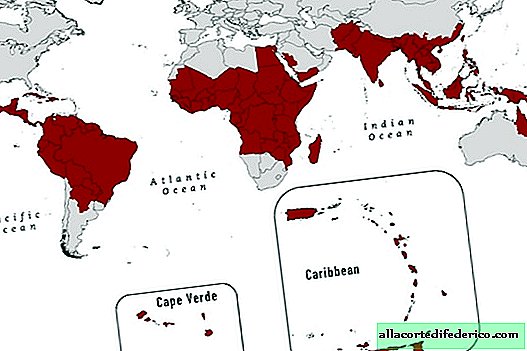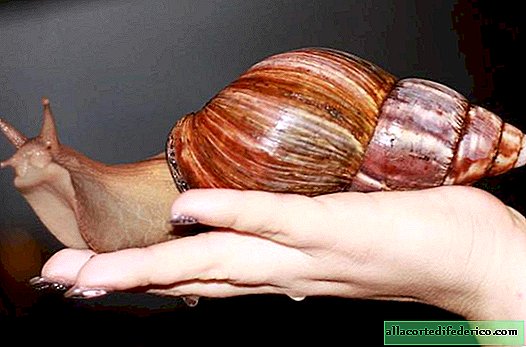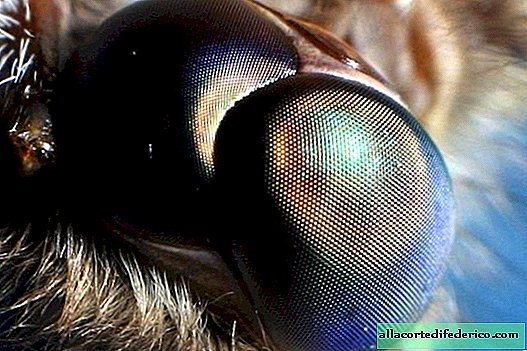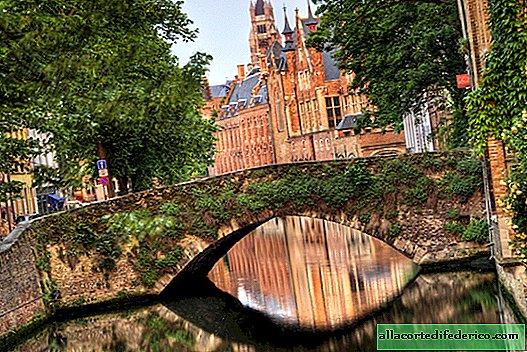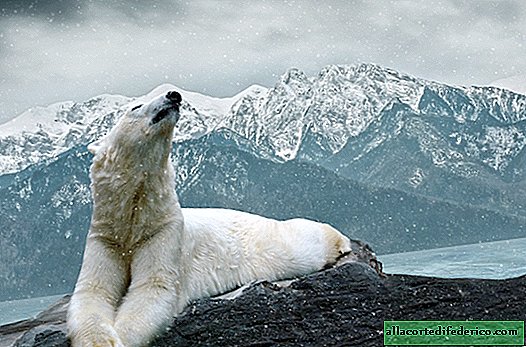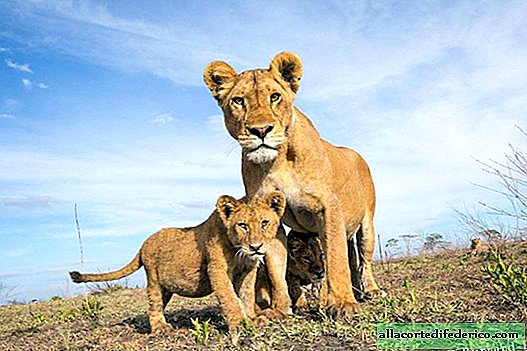Manatees - the closest relatives of elephants
In the waters of the Amazon, not only piranhas and anacondas live, but also stunning aquatic mammals - manatees. These are large and slow animals, whose ancestors preferred to leave the land and settle in warm water, rich in all kinds of vegetation. Despite the fact that this happened many millions of years ago, manatees still retain some common features with their land relatives - elephants.
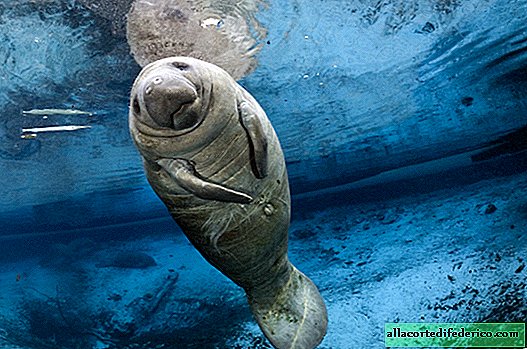
At first glance, there is nothing in common between manatees that live in warm river and sea waters and elephants - land inhabitants of the tropics. But it turns out that elephants and manatees are closely related, have common ancestors and some similar physiological features. So, for example, manatees and elephants have a similar structure of teeth, which are constantly updated, which is extremely rare among animals. In addition, at the ends of the fins of manatees, there are not claws, like those of seals, but small hooves, reminiscent in structure of similar formations on the legs of elephants. According to scientists, the common ancestor of elephants and manatees lived on the planet about 50 million years ago.

The forelimbs of manatees during evolution turned into flippers. But this process has not gone as far as, for example, among seals. The limbs of manatees are quite mobile, they rely on them, moving along the bottom, and are used if you need to bring food to your mouth. All types of manatees feed mainly on aquatic vegetation, including algae. There is evidence that these animals eat fish.
 The habitat of three species of manatees
The habitat of three species of manateesLike all mammals living in water, manatees are forced to rise to the surface in order to inhale a new portion of air. Since they have no natural enemies, manatees prefer a solitary lifestyle, gathering in groups only during the breeding season. For the rest of their lives, these leisurely, peace-loving creatures graze in warm shallow water, absorbing 30-40 kilograms of plants per day. All manatees are surprisingly unhurried animals. They swim very slowly compared to other marine mammals, take their time to eat algae, and grow for a very long time. Caring mothers of manatees feed their young with milk up to 1.5 years, and young individuals reach puberty only by 3-4 years.

The fate of American manatees, who have forgotten that they are migratory animals, is interesting. Manatees living in the rivers of the central part of the United States migrated south with the onset of autumn, into the warmer waters of the Caribbean Sea. But with the advent of thermal power plants in large cities, which dump warm water into rivers and ponds, part of manatees got used to the fact that you can not make tiring trips to the south, but spend the winter quietly in the same place where you spent the summer. But in their usual way of life, changes took place - power plants began to close. Currently, US environmental organizations are busy solving this problem, and in some reservoirs they even specially heat water for the sake of manatees.


